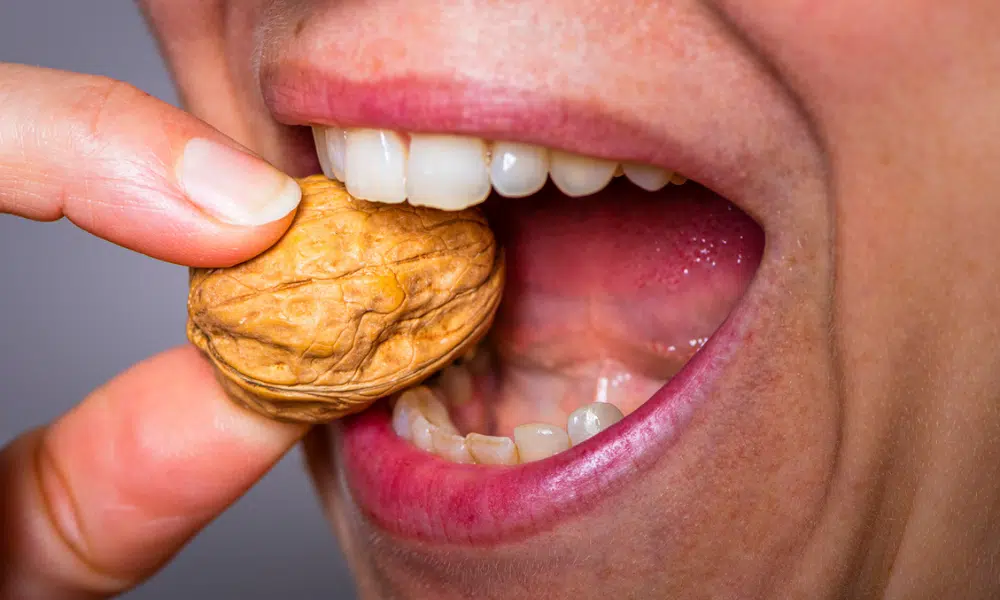3D imaging reveals new aspects of tooth anatomy
Thanks to 3D imaging, a team of French researchers has discovered a tooth structure that could explain its incredible resistance.

In the tooth, between dentin and enamel, there is a transitional zone, a junction. At the heart of this junction are cracks or scratches that have been observed in 2D images in the past. Until now, they had been classified by scientists as a secondary enamel structure. Today, however, a study published in the journal Archives of Oral Biology shows that these clefts are three-dimensional structures.
In the course of this research, scientists from the Bioengineering and Nanoscience Laboratory of Odontology in Montpellier analyzed ten molars extracted from six men and four women, aged between 25 and 40. Each tooth was studied using an X-ray microtomograph, an imaging technique that allows the reproduction of a three-dimensional image from a sample. They then discovered a surprising enamel bush structure some ten micrometers thick inside the tooth. These structures have been dubbed "draped tufts" because of their regularly undulating and structured appearance, and could explain the teeth's great strength.
Enamel is organized into prisms with changing, non-rectilinear trajectories, especially at the dentine-enamel junction. This is what ensures tooth stability. These trajectories are thought to be responsible for the formation of the "draped bushes" that increase tooth resistance.
"It will be interesting to see if this can be found in other hominids.
" The prisms do not follow a straight line to the enamel surface, but rather undulate, particularly at the beginning, when they are close to the dentine. We can therefore speculate that these variations, which give rise to alternating light and dark bands known as Hunter-Schreger bands, could be at the origin of the mysterious 'draped tufts ' structures ", says Alban Desoutter of the University of Geneva. says Alban Desoutter of the Bioengineering and Nanosciences laboratory at Montpellier's UFR d'odontologie to Sciences et Avenir magazine .
In 2012, reminds Sciences et Avenir, a study had already revealed the presence of these famous enamel bushes in a breed of cow. "So we're in the middle of an investigation, and we hope to be able to take advantage of manipulation time at the Grenoble synchrotron to try and continue our research. In fact, our study focused on fragments of adult molars, so we'd like to have scans with better resolution and not just on molars. It will then be interesting to see whether this pattern can be found in other hominids, such as gorillas or chimpanzees", explains Alban Desoutter.